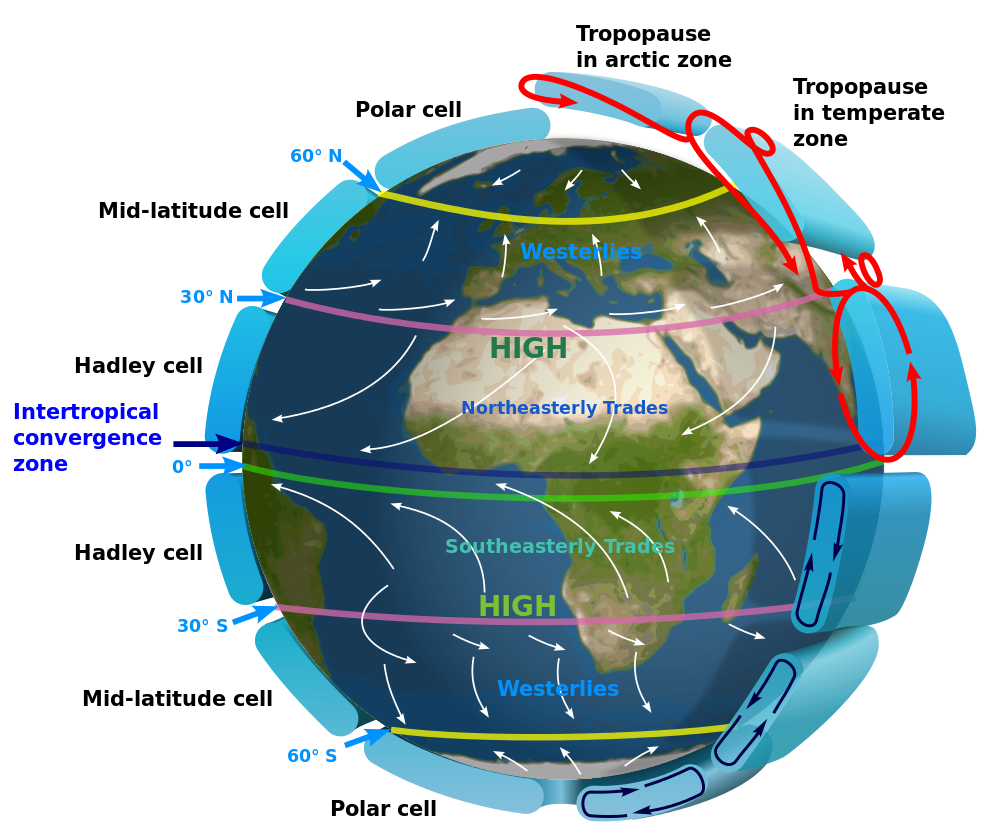Planet spin can't drive wind speeds for a rocky planet
Let's assume the planet in question is rocky and generally Earth-sized. In this case, the rotation speed of the planet will not be directly related to its wind speeds.
First, the Coriolis effect is not a force that can drive an object to move. Instead is it a deflection of a moving object. Acceleration due to the Coriolis effect is given by
$$\mathbf{a}_C = \mathbf{v} \times \mathbf{\Omega}.$$ The bold symbols mean we are talking about vectors. If the velocity vector is zero, then acceleration is zero.
Second, we can see from our solar system, that rotation speed doesn't control wind speeds. The rotation Venus's surface is about 7 km/h while the Earth's is 1700 km/h. Meanwhile, Venus has constant wind speeds around 300 km/h at the cloud tops, circling the planet every 5 hours or so. Earth's winds are obviously not that strong.
But let's use the Coriolis effect to help with driving fast winds...
Start with a strong magnetic field
While the planet's spin can't really drive winds the way we want it to, the spin of the core can do some neat things. Specifically, we could get it to make a ferocious magnetic field, and then use that field to do some stuff.
A powerful magnetic field can induce charge particles to move. Ocean water is full of such particles, specifically the ions of dissociated salts (and water's hydrogen bonds make even electrically neutral water molecules act like they are charged in some circumstances).

Magnetic field lines on Earth look like the diagram above. The magnetic field lines point from north to south. For this planet to work, we imagine that water is circulating along the green line (magnetic equator), from east to west (right to left on the screen). Along the green line, the direction of the flow is perpendicular to the direction of the magnetic field lines.
Lorentz force magnetic acceleration of a charged particle is
$$\mathbf{J}\times\mathbf{B}$$.
$J$ is current flow in our ocean. We need this to be in a direction such that a strong magnetic field will force acceleration in the east to west direction as indicated.
This is the basis of magnetohydrodynamic propulsion systems. Current systems are limited by the conductivity of seawater. On our planet, we'd want to add lots of salts to the seawater to make this work. One way to do this is to make the planet mostly land area; with a smaller ocean, runoff from the land will be more significant and the ocean will be much saltier.
We get the ocean accelerated to high speeds around the magnetic equator, and it then 'drags' the atmosphere along with it. This is the same principle in reverse of how it works on Earth. Now we have a constant, high speed west to east wind flowing on Earth.
Now add the effect of the normal Hadley Cell
The Hadley cell is caused by differential heating between the equator and subtropical areas within about 30 degrees of the equator. It depends on warm moist air converging near the equator. So lets make sure the equator is very warm and moist; lets make it an ocean! This works will with both ensuring that we have ocean flow along the entire magnetic equator, and also allows us to have a 'small' salty ocean by leaving only this part of the planet covered in water.
In the Hadley flow, heat and moisture is transported equator-ward on the surface. Thus, let's make the edge of the continents as dark and wet as possible, by covering them with rainforest. Lets also make the Hadley cell more stable by leaving it in the same place all year. Due to Earth's 23 degree inclination, the center of the Hadley cell, called the Intertropical Convergence Zone, moves from the Tropic of Cancer to the Tropic of Capricorn all year. Instead, let's have it stay stationary over the equator by giving the planet near-zero orbital inclination.
With the Hadley cell as strong as possible, it will be generating equator-ward air flow, towards the already rapidly moving equatorial ocean. Now we need to bend that air flow in a westerly direction to get it to add to our wind speeds. Enter the Coriolis effect! Trade winds on Earth are bend westerly in the tropics, so now we need to spin the planet as fast as we can to direct as much of that energy as possible in the westerly direction, as seen on the graphic below:

Conclusion
We have a planet with:
- A very strong magnetic field, lined up closely with the magnetic north and south poles.
- Two continents covering most of the northern and southern hemisphere
- A very salty ocean restricted to a band within ~10 degrees of the planetary and magnetic equator.
- Magnetically induced, high velocity, west to east ocean current.
- A low inclination leaving the sun and ITCZ over the equatorial ocean all year long.
- A fast rotation and short day, so the Coriolis effect helps most of the power of the Hadley cell reinforce the equatorial winds.
- Thick jungle from ~10 to ~30 degrees north and south, absorbing as much solar radiation as possible.
In the end you get constant, extremely powerful trade winds in the desert regions mentioned above. In particular, 'off-shore' wind farms in the equatorial ocean would be able to harvest a lot of energy. Enjoy your hurricane-force planet!


